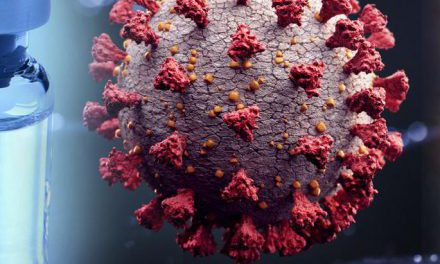In the wake of headlines claiming a staggering 91% increase in cardiovascular mortality linked to intermittent fasting, skepticism arises surrounding the validity of a recent study presented at the American Heart Association (AHA) Epidemiology and Prevention/Lifestyle conference in Chicago.
The study, which delved into the long-term implications of time-restricted eating, popularly known as intermittent fasting, drew attention for its alarming findings. However, closer examination reveals several reasons to approach the conclusions with caution.
While initial reports suggested a significant spike in cardiovascular mortality among participants who fasted for more than 16 hours a day, discrepancies emerged between the data presented in the AHA press release and the conference abstract. The apparent hazard ratio of 1.96, indicating a nearly twofold increase in risk, prompted scrutiny regarding the accuracy and interpretation of the findings.
Christopher Labos, a cardiologist and epidemiologist, highlights the importance of distinguishing between risk and hazard, emphasizing the complexities involved in assessing such associations. Labos underscores the prevalence of random chance in medical research, cautioning against hasty conclusions drawn from preliminary data.
Critics of the study point to methodological limitations, including reliance on self-reported dietary patterns and the absence of information on diet quality among participants. Moreover, the observational nature of the study raises concerns about confounding variables and potential biases.
Of particular concern is the multiplicity of analyses conducted, with 36 statistical tests examining various subgroups and outcomes. While headlines focused on the increased cardiovascular mortality associated with extended fasting periods, overlooked were findings suggesting reduced cancer mortality among those with preexisting diagnoses who consumed food over longer durations.
Labos urges a measured approach to interpreting such studies, emphasizing the need for rigorous peer review and replication of results before widespread dissemination. The episode underscores the challenges inherent in translating preliminary research into actionable public health guidance.
As discussions unfold, calls for greater transparency and scrutiny in the dissemination of scientific findings reverberate, reminding stakeholders of the imperative to navigate the complexities of medical research with caution.












